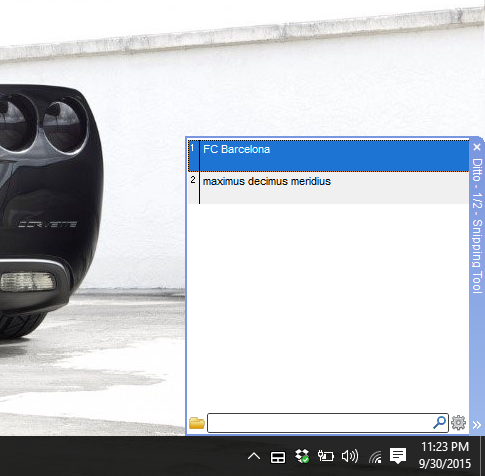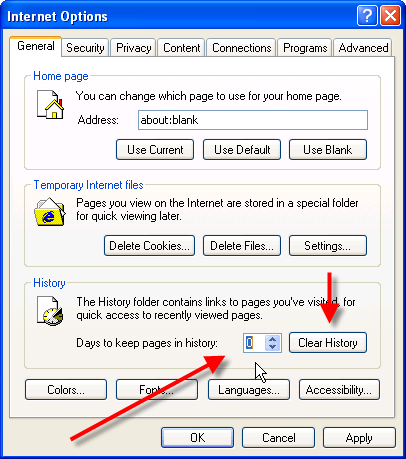If you have been curious on how to enable / disable graphical bootloader in Windows 10, this guide will give you a hand.
The graphical bootloader is the handy little blue screen you see when you press the relevant function button on your keyboard, but most commonly, it is accessed by pressing F11. Here is a quick picture of what the Graphical Bootloader looks like:

If you are wondering how to enable or disable graphical bootloader, for security purposes, you can follow this guide and make sure that no one changes your bootloader for malicious purposes.
You can also enable it should you have problems accessing the bootloader in attempts to fix your installation of Windows 8 / 10.
STEP 1:
Press Windows Key + S and type in cmd, but this time, right click on it and choose “Run as Administrator”

STEP 2:
Once you have cmd open, run the following commands.
To enable the Graphical Bootloader, type in the following:
bcdedit /set {default} bootmenupolicy standard
To Disable the Graphical Bootloader, type in the following:
bcdedit /set “{current}” bootmenupolicy legacy
Here is an example of both being run on my installation of Windows 10.

and depending on which is the last command you ran in command prompt, Windows will follow that guideline in deciding to run the Graphical Bootloader.
To implement the change, simply reboot your Windows to disable graphical bootloader.
While this guide will mostly benefit the people who are experts at handling the technical side of repairing Windows installations and will have to resort to accessing the bootloader in attempts to repair an existing installation of Windows without having the user lose their current installation of the OS.
Do keep in mind that the bootloader is an important part of the Windows OS and that the tampering of it can lead to unwanted consequences for your installation of Windows 10 leaving any user the last resort of a fresh install.
So, if you are a user with lack of experience in handling the technical side of a Windows OS, then it is recommended you leave the option enabled or disable graphical bootloader based on how many people have access to your laptop in your nearby environment.
Was this guide helpful to you or not? Let us know in the comments section below!
The post Enable / Disable Graphical Bootloader In Windows 10 appeared first on Windows Clan.





